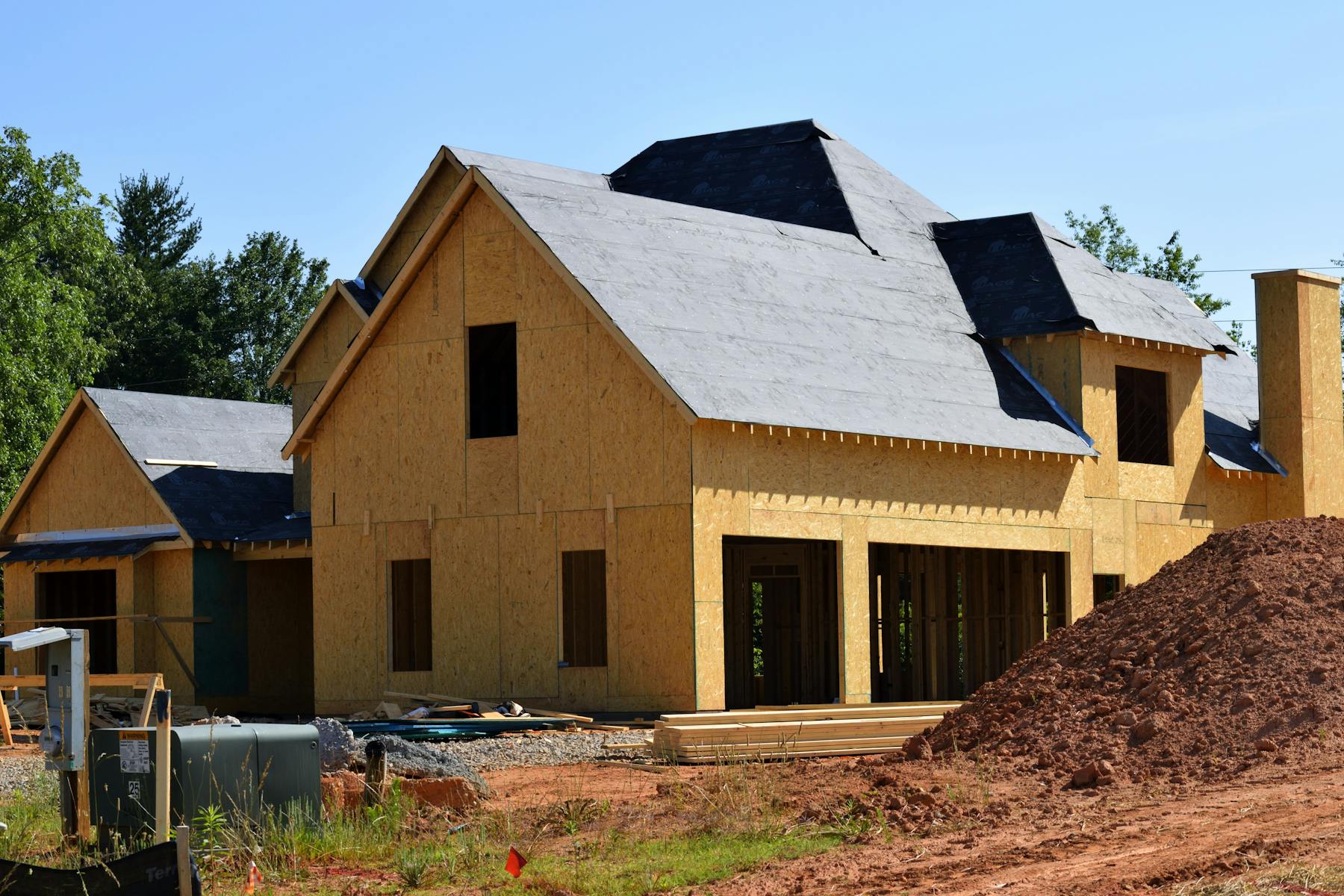
A bipartisan, bicameral housing bill introduced November 5, 2025, aims to streamline construction permitting and accelerate housing development across America. The Accelerating Home Building Act represents a rare point of bipartisan agreement on addressing the nation's critical housing shortage.
The legislation proposes a pilot program to fund pattern book development—pre-approved standardized building plans that can dramatically reduce permitting timelines and construction costs. Industry leaders say the approach could unlock significant housing production capacity while maintaining local planning control.
The U.S. faces a profound housing crisis. The nation has a gap of approximately 1.5 million housing units between supply and demand, according to the National Association of Home Builders (NAHB).
Regional shortages are acute and worsening. New Hampshire alone needs 90,000 additional housing units by 2040, prompting strong support for the bill from the state's congressional delegation.
The housing shortage directly impacts economic productivity. Workers cannot relocate for job opportunities, businesses struggle to attract talent, and housing costs remain unaffordable for middle-class families. The construction industry has been unable to keep pace with demand due to regulatory barriers that extend permitting timelines and increase project costs.
The Accelerating Home Building Act creates a HUD-administered grant program to fund the creation of pattern books across the country. Pattern books contain pre-approved, standardized architectural designs and construction specifications that local governments and building departments have already reviewed and approved.
Pattern zoning represents a game-changing approach to housing development: architects and local governments develop pattern books full of designs, from residential to mixed-use buildings. Once approved, developers can build standardized designs with dramatically simplified permitting processes—eliminating months of design review cycles.
For contractors, this means:
Program features include specific set-asides for rural communities and prioritization for "high-opportunity areas"—localities where development could address housing affordability challenges most effectively.
The legislation has assembled an unusually broad coalition of supporters, signaling strong backing from diverse industry interests:
Shannon McGahn, NAR Chief Advocacy Officer, stated: "NAR recognizes that reducing regulatory barriers and streamlining approval processes are essential steps toward addressing the housing shortage affecting communities across the country."
The bill's sponsors represent diverse geographic and political perspectives:
This bipartisan approach is significant given the polarization on many policy issues. Both conservative legislators focused on deregulation and progressive legislators concerned with housing affordability have endorsed the bill, indicating genuine recognition of the housing crisis urgency.
Traditional housing development requires:
Pattern book development replaces this process. Once a pattern book design is approved, future projects using approved designs skip the planning board review entirely—moving directly from property selection to building permit issuance.
This approach can reduce housing development timelines by 12-18 months and eliminate $50,000-$150,000+ in soft costs per project—directly improving affordability.
Key milestones and questions:
1. Funding Level: The bill proposes HUD-administered grants but does not specify program funding in publicly available documents. The ultimate funding level will determine program scope and geographic distribution.
2. Regulatory Implementation: HUD will need to establish program guidelines, grant selection criteria, and compliance requirements. This process typically requires 6-12 months, with actual grants beginning distribution in mid-2026 at earliest.
3. State and Local Adoption: The bill provides incentives but does not mandate local adoption of pattern books. State governments and planning departments will need training and support to develop effective pattern books tailored to local conditions.
4. Pattern Book Effectiveness: The success of this approach depends on developing pattern books that satisfy both local requirements and market demand. Early pilot programs will reveal whether this concept delivers promised timelines and cost reductions.
Congresswoman Janelle Bynum emphasized the collaborative approach: "It's critical that all levels of government work together and listen to the needs of local communities to tackle the housing crisis that is hurting families, small businesses, and our economy."
The Accelerating Home Building Act represents one approach among several proposed solutions to the housing shortage. Companion legislation includes the Affordable Housing Credit Improvement Act (also supported by House sponsors) that targets financing for affordable housing development.
For contractors, the pattern book approach offers a potential pathway to faster housing production—but success depends on effective implementation and sufficient funding to drive meaningful adoption across multiple markets.
Sources: Congressman Chris Pappas press release, "Pappas Introduces Bipartisan Bill to Speed Up Housing Construction, Lower Costs," November 5, 2025. Bill text and details available at Congress.gov. Data on housing shortage from NAHB research.
Explore the ultimate guide to clean room construction and maintenance for superior contamination control in your industry.
Developer Norm Swanson proposes an 88-unit studio apartment building on Syracuse's University Hill near Syracuse University campus, with related historic home renovation for tenant events.
KeyBank planning a new 3,500-square-foot freestanding branch with drive-thru services at 1765 East Ridge Road in Irondequoit, NY, seeking approval in February 2026.